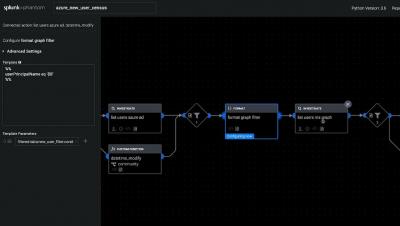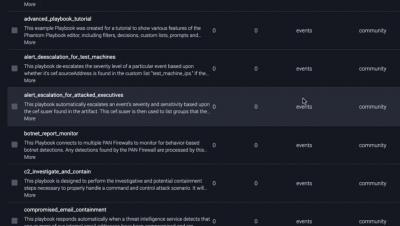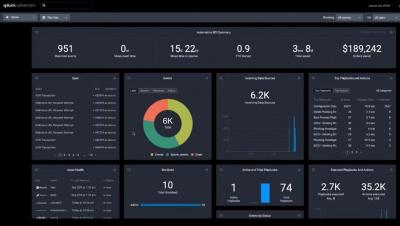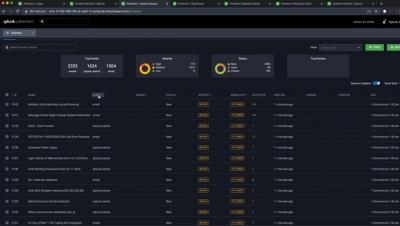Splunk SOAR Playbooks: Suspicious Email Domain Enrichment
Despite the myriad pathways to initial access on our networks, phishing remains the single most popular technique for attackers. The open nature of email and our reliance on it for communication make it difficult for defenders to classify messages, so it is no surprise that suspicious email investigation is a top use case for automation. Today, we are releasing a new community playbook for Splunk SOAR (previously Splunk Phantom) to help enrich suspicious email events.







